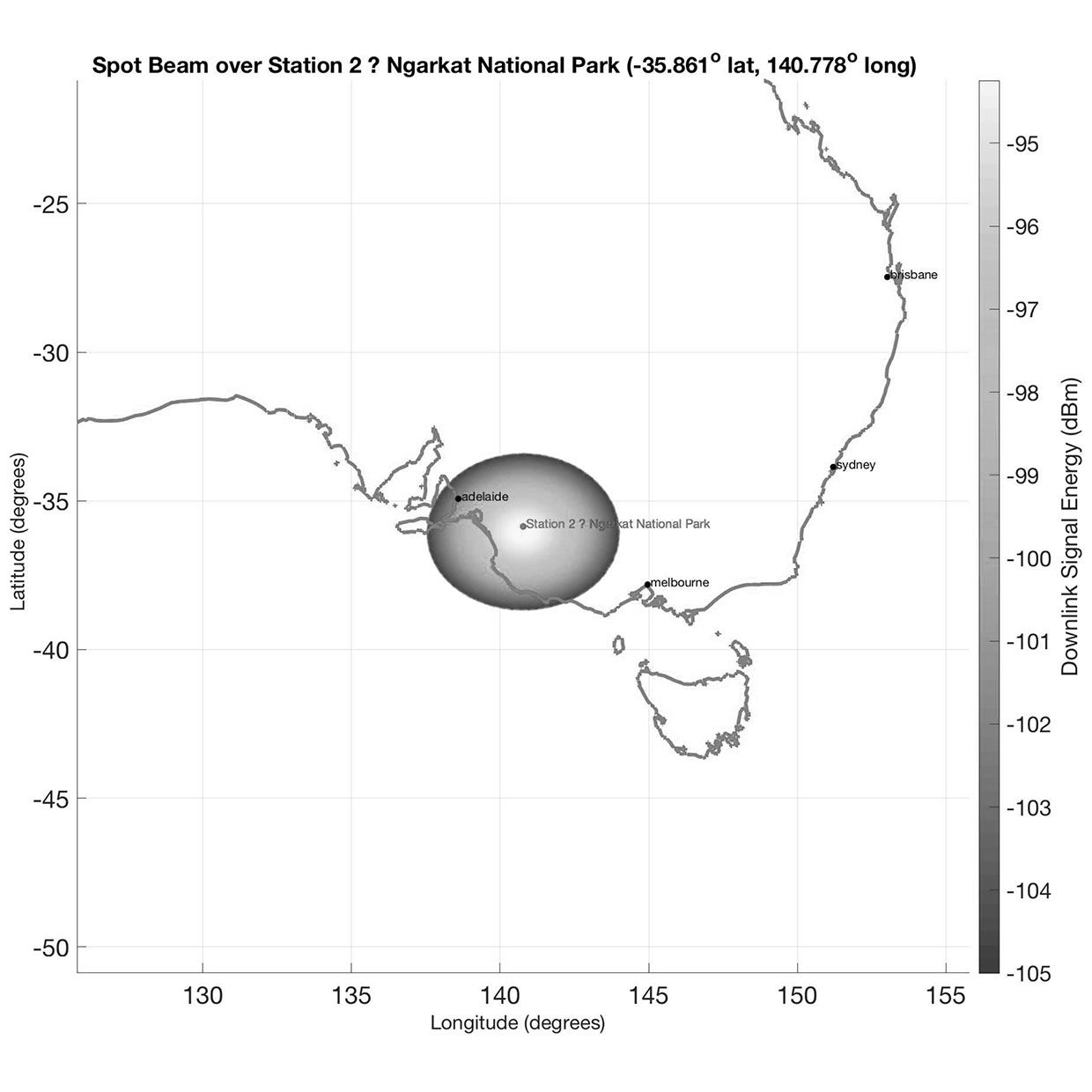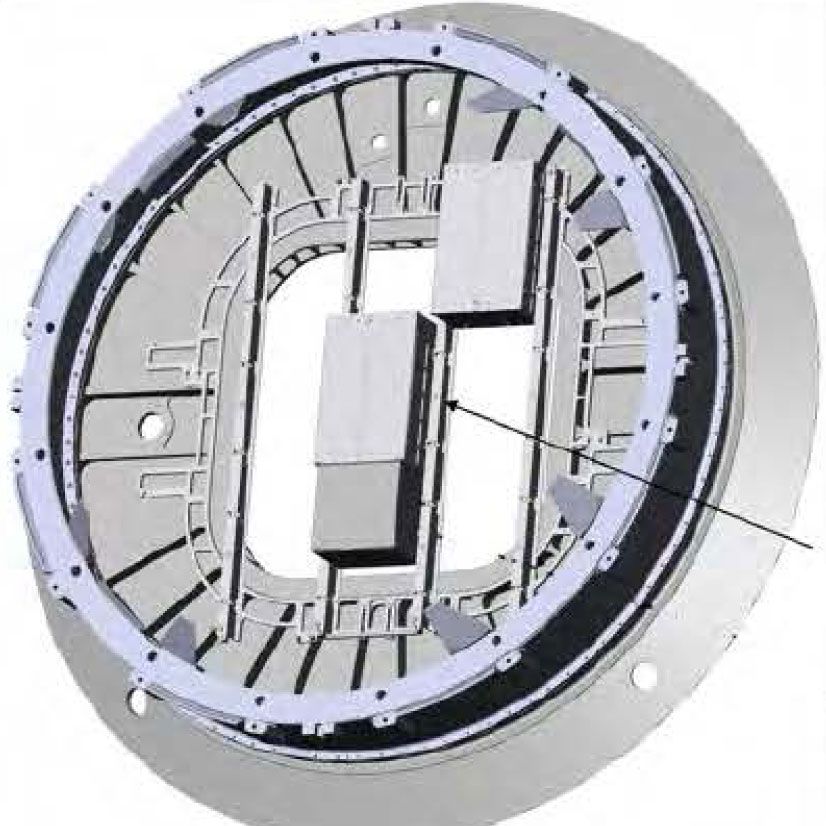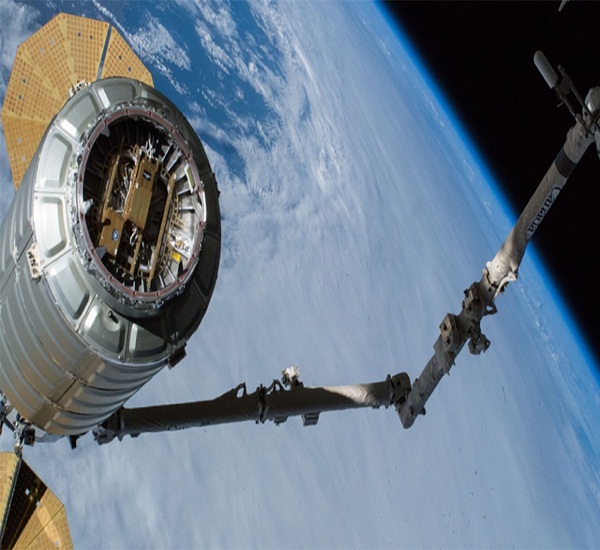UbiquitiLink To Turn Every Smartphone Into A Satellite. Tens of thousands of people every year die because they have no connectivity,” says Charles Miller, CEO of satellite communications start-up UbiquitiLink. “That is coming to an end.”
It’s a bold claim from a young start-up that has only a launched a single experimental satellite to date, but Miller insists that UbiquitiLink has developed technology that enables everyday cellphones to communicate directly with satellites in orbit.
If true, this could enable a cheap and truly global messaging service without the need for expensive extra antennas or ground stations. For example, Miller points out that fishing is the one of the most dangerous industries in the world, with communications failures contributing to many of its over 20,000 deaths each year.
“Around the world, most fisherman can’t afford a satellite phone,” says Miller. “They’re living on the edge already. Now with the phone in their pocket that they [already own], they can get connected.”
The received wisdom has been that cellphones lack the power and sensitivity to communicate with satellites in orbit, which are in any case moving far too fast to form useful connections.
UbiquitiLink engineers tackled one problem at a time. For a start, they calculated that cellphones should—just—have enough power to reach satellites in very low earth orbits of around 400 kilometers, as long as they used frequencies below 1 GHz to minimize atmospheric attenuation. Messages would be queued until a satellite passes overheard—perhaps once a day at first, rising to hourly as more satellites are launched.
Satellites would use the same software found in terrestrial cell towers, with a few modifications. Signals would be Doppler shifted because of the satellite’s high velocity (around 7.5 kilometers/second).
“You have to compensate so that the phone doesn’t see that Doppler shift, and you have to trick the phone into accepting the time delay from the extra range,” says Miller. “Those two pieces are our secret sauce and are patented. The phone just thinks [the satellite is] a weak cell tower at the edge of its ability to connect to, but it tolerates that.”
UbiquitiLink also brushes off concerns about interference. In a filing with the FCC, the company noted that the downlink signal from its satellite “is very low and is intended to be the ‘tower of last resort.’” In cities, the satellite’s broadcasts would be drowned out by powerful urban cell towers, while in areas with no cell coverage at all, there is nothing to interfere with.
It is only in rural or suburban areas, with spare and widely separated towers, that interference is a potential concern. Even there, wrote UbiquitiLink, the design of cellular networks, and the fact that the satellite uses time-sharing protocols, means just a 0.0000117 percent of a conflict, which would last only a very short time.

The technology has already been tested. In February, an experimental satellite briefly connected with cellular devices in New Zealand and the Falkland Islands before a computer on board failed. “This limited our ability to test but we got enough data to demonstrate the key fundamentals we couldn’t from the ground,” says Miller.
UbiquitiLink is now planning to try again. In a few days, its latest orbital cell tower will launch on board a SpaceX resupply mission to the International Space Station. Later this summer, the payload will be attached to a Cygnus capsule that brought supplies on a previous mission. When the capsule is jettisoned for its return to Earth, UbiquitiLink’s device will piggyback on it, hopefully for six months, testing 2G and LTE cell connections with wireless operators in up to a dozen countries.
Miller says UbiquitiLink has trial agreements with nearly 20 operators around the world, and plans to operate a basic messaging service in 56 countries. “From their perspective, we’re a roaming provider that extends their network everywhere. They keep the customer relationship and we’re just a wholesale provider. It’s a win-win relationship,” he says.
This week, the company also raised another $5.2 million in funding from venture capital firm run by Steve Case, co-founder of AOL, bring its total capitalization to over $12 million.

If these tests go well, UbiquitiLink wants to start launching operational satellites next year, with plans for several thousand satellites by 2023. Today’s smartphones could connect to UbiquitiLink’s satellites by simply downloading an app, and even a handful could provide a useful service, says Miller: “With 3 to 6 microsatellites, we can provide global coverage everywhere between +55 and -55 degrees latitude several times a day. Not all the 5 billion people with a phone will want to use that. But even if just one in a hundred thinks a periodic service is good enough, that’s still 50 million people.”
Beyond emergency messaging, UbiquitiLink is targeting internet of things users who might balk at buying additional hardware. “Most cars come off the assembly line today with a cellular chip already installed, for security or over the air updates,” says Miller. “Those cars will now stay connected everywhere.”
If UbiquitiLink’s technology works at scale, it could undercut other satellite start-ups, like Swarm, that are pinning their hopes on selling millions of earth stations for IoT. But UbiquitiLink is not shunning traditional satellites completely. The test device launching this weekend will use rival Globalstar’s satellites for telemetry, tracking and control.
Source: Spectrum










